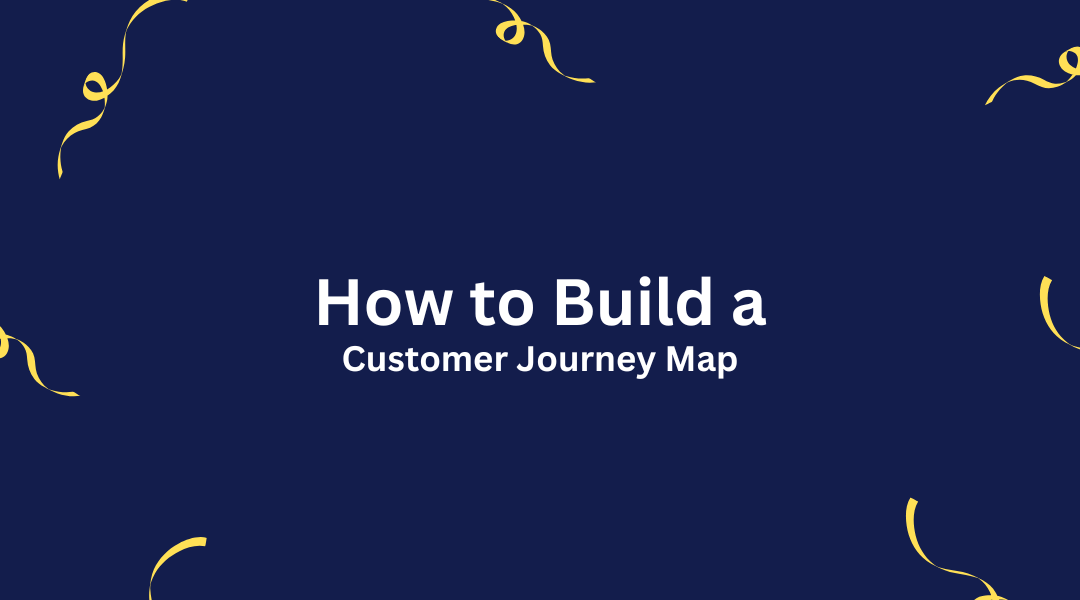A customer journey map is a powerful tool that brings alignment to your entire organization, particularly for sales and marketing teams. By mapping out the customer’s experience with your business, you can identify key decision points, areas of friction, and create a unified narrative that your teams can follow. Let’s explore why a customer journey map is essential and the best practices for building one.
Why a Customer Journey Map is Essential
- Unified Customer Narrative
A customer journey map aligns your company around the same customer story. Sales and marketing teams often interact with customers at different stages, but they’re part of the same overall experience. A journey map serves as a shared reference, ensuring that all customer-facing teams understand the journey’s stages, from awareness to post-purchase support. - Identifying Friction Points
The journey map helps identify specific friction points—moments when customers might hesitate, face barriers, or need additional reassurance. These are crucial points where your team can take action, whether by offering a reassurance, educational content, or guarantees to reduce concerns. - Coordinating Sales and Marketing Efforts
By documenting the customer journey, your sales and marketing teams are better equipped to anticipate critical moments and plan interactions that support the customer’s decision-making process. This collaboration helps ensure that your messaging is cohesive across all touchpoints.
Key Stages of the Customer Journey
The customer journey generally consists of these stages:
- Awareness: The customer becomes aware of your product or service.
- Consideration: The customer evaluates your offering in comparison to others.
- Decision: The customer decides to purchase or not.
- Support: The experience after purchase, including onboarding, customer support, and follow-up.
Mapping out these stages requires a clear understanding of your buyer personas—what they are likely to think, feel, and do at each stage.
Building Your Customer Journey Map
- Define Buyer Personas
Start by revisiting the buyer personas you’ve previously created. Consider what your ideal customer is thinking, feeling, and doing at each stage of their journey. If you’re in a B2B environment, map out the journeys for all potential decision-makers involved in the purchasing process. - Ask the Right Questions
To understand the journey, ask questions like:
- Awareness: What issues or needs make customers aware of our product?
- Consideration: What specific problems do customers hope our product can solve? Are they looking to save time, reduce frustration, or address an unresolved issue?
- Decision: Could buyer’s remorse occur at this stage? If so, how can we provide reassurance, such as through a guarantee or case study?
- Support: How do we maintain engagement and satisfaction after the purchase?
- Address Points of Friction
Identify potential friction points throughout the journey. For instance:
- Are there multiple decision-makers?
- Is your product a necessity or a luxury? Necessities often experience lower friction, but if your product is a “nice-to-have” or likely to be cut during economic downturns, plan proactive strategies to handle these hesitations.
- Document Every Step
Write down what your customer is likely thinking, feeling, and doing at each stage. Use insights from past customer interactions to validate your assumptions. This documentation should be accessible to both sales and marketing teams, allowing them to interact with and iterate on the process as customer behavior evolves. - Iterate and Improve
Your customer journey map should not be static. After each interaction, revisit the journey map to ensure it reflects the real experiences of your customers. Address any discrepancies and refine the journey as needed.
Final Thoughts
A well-thought-out customer journey map can transform the way your company engages with customers. It brings your sales and marketing teams onto the same page, highlights key decision-making points, and helps address any friction in the process. By creating a journey map based on real customer insights and iterating as needed, your team will be better equipped to create a seamless and positive experience for every customer.
Book Recommendation
Try reading The Experience Economy, With a New Preface by the Authors: Competing for Customer Time, Attention, and Money to get more information so you can create compelling and memorable experiences for your customers.
Other Reads:



